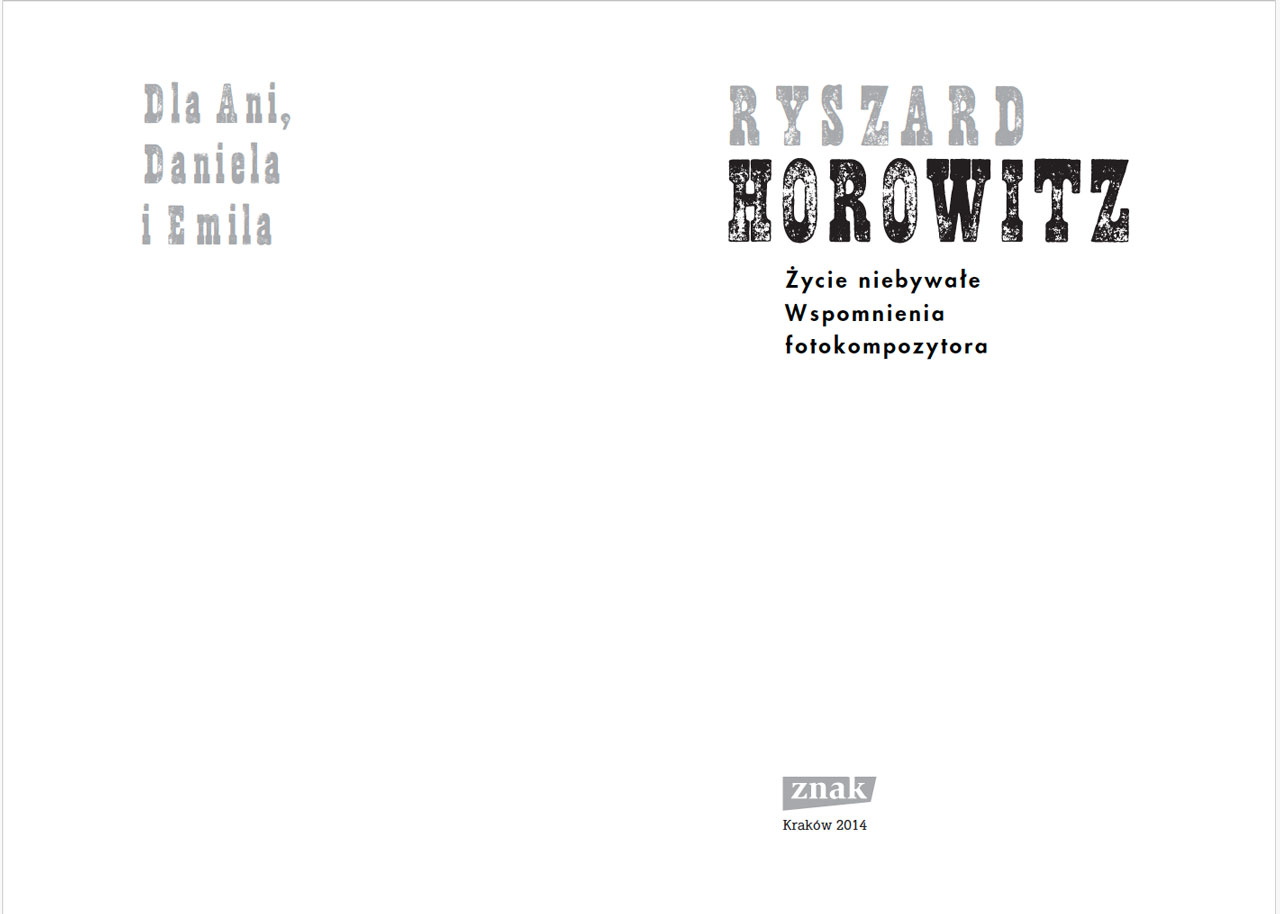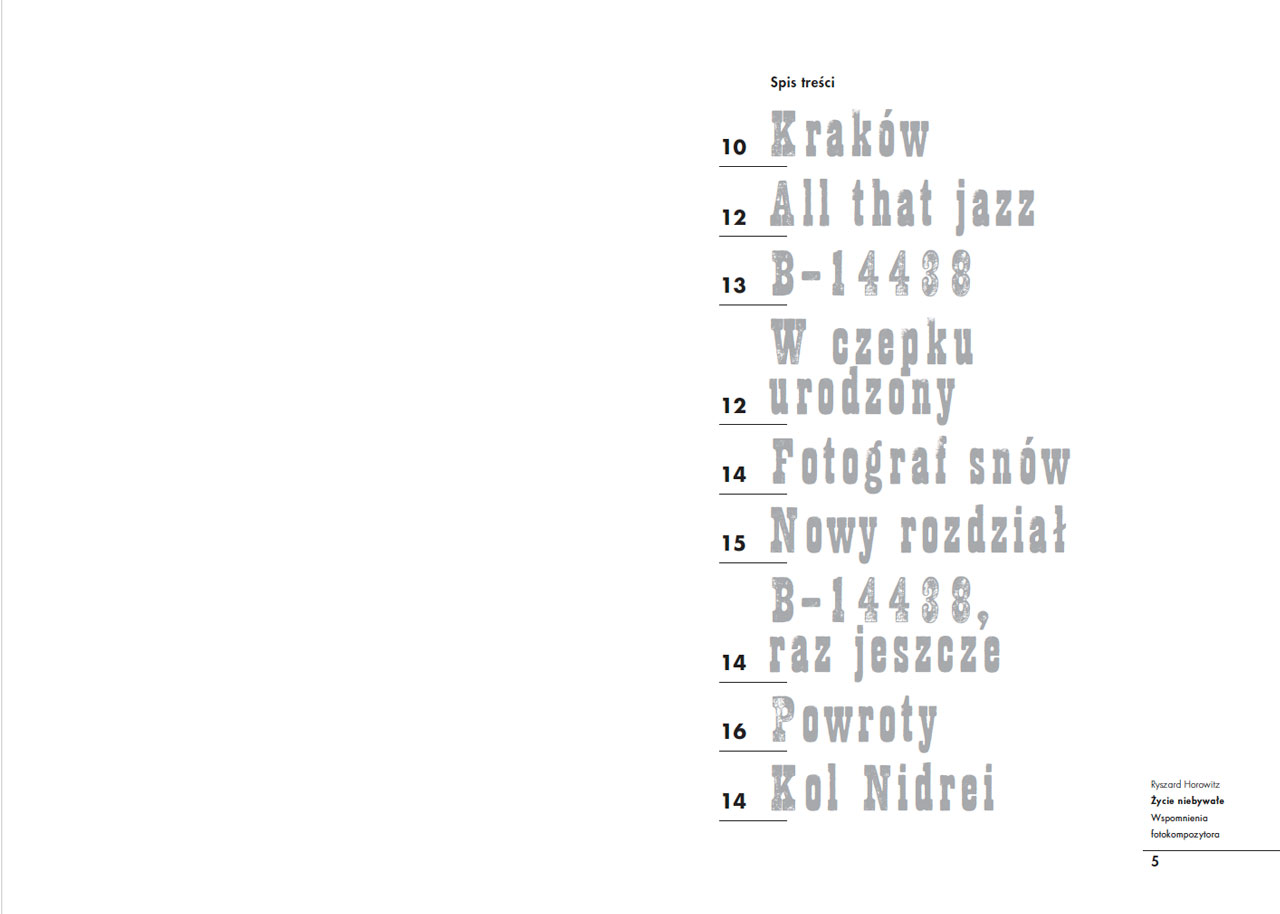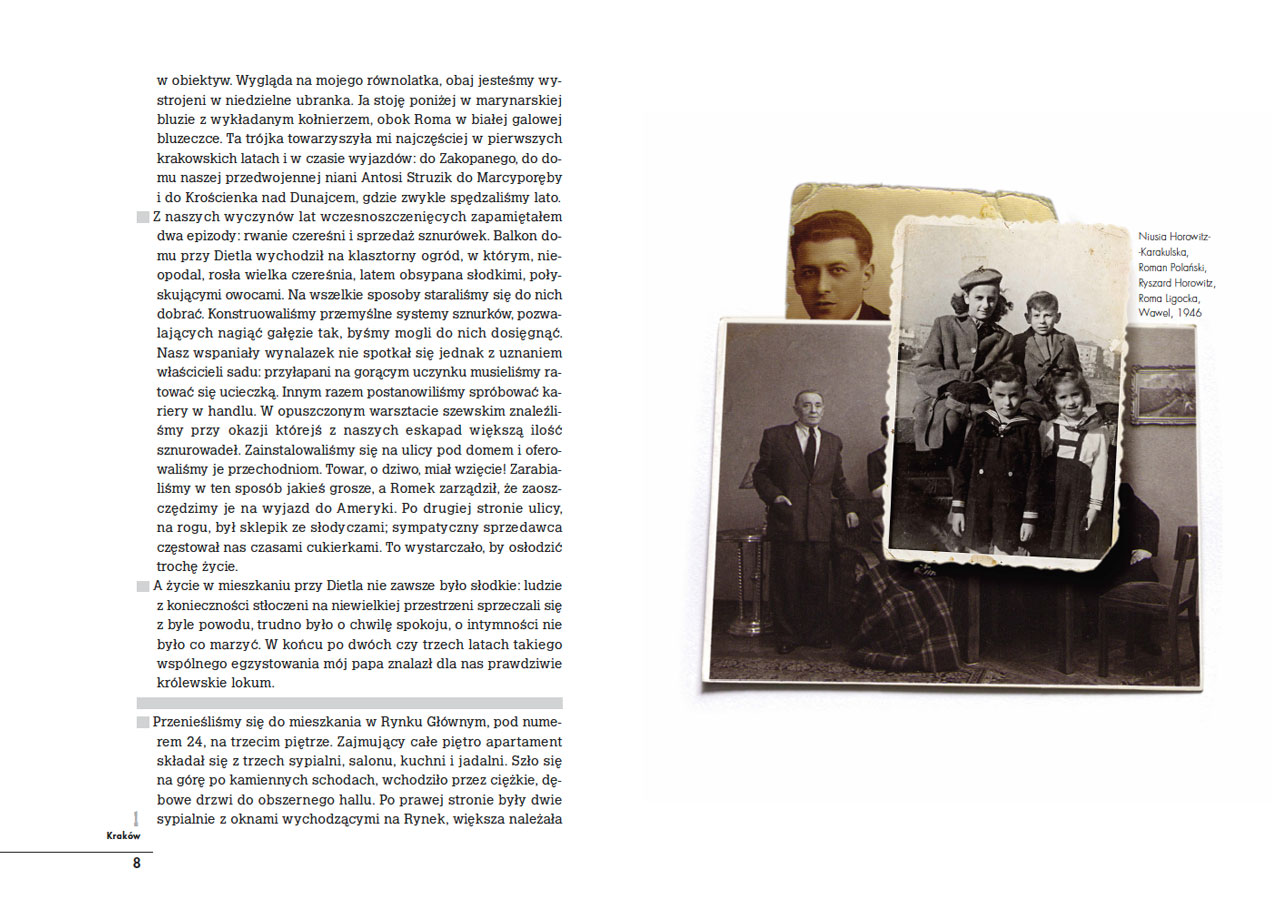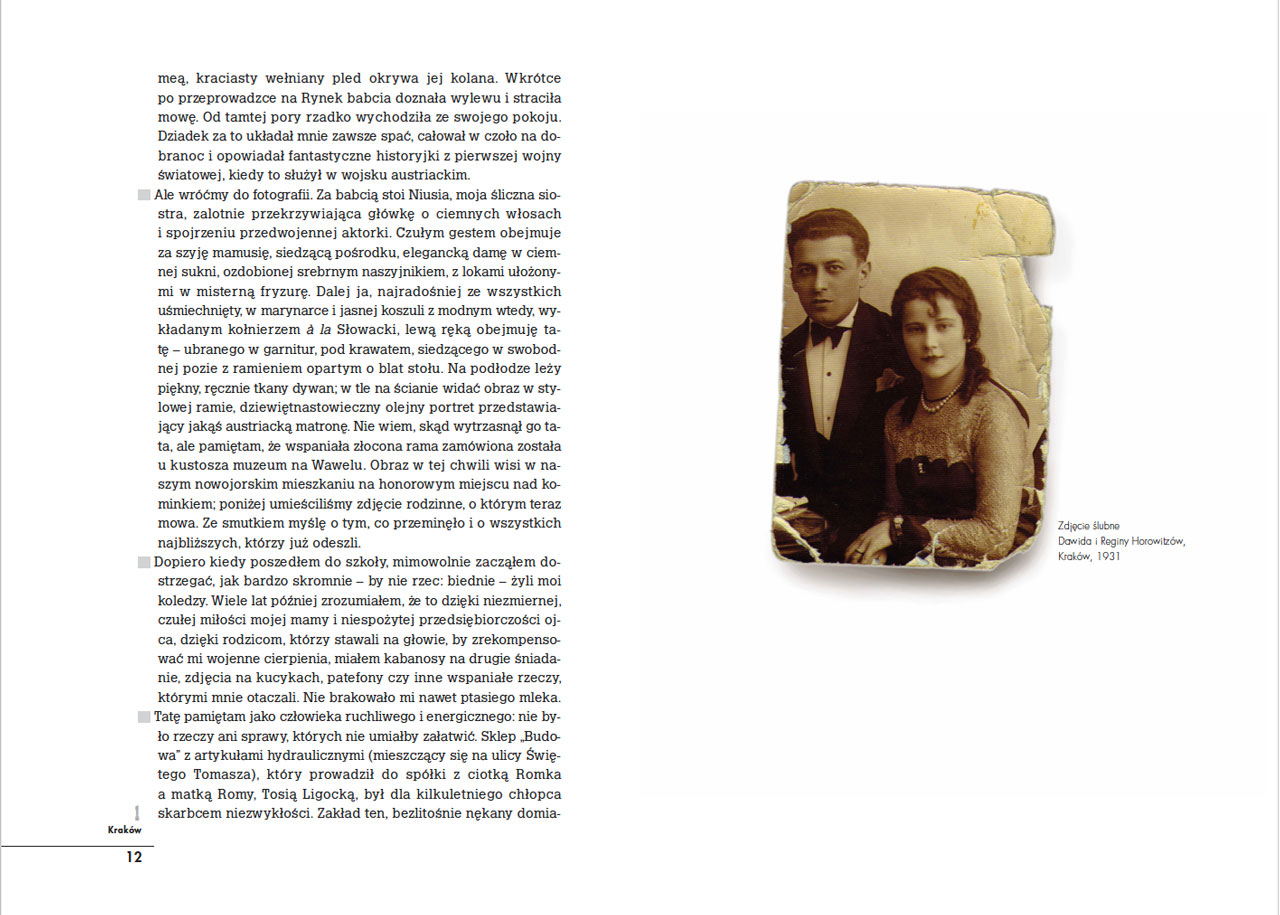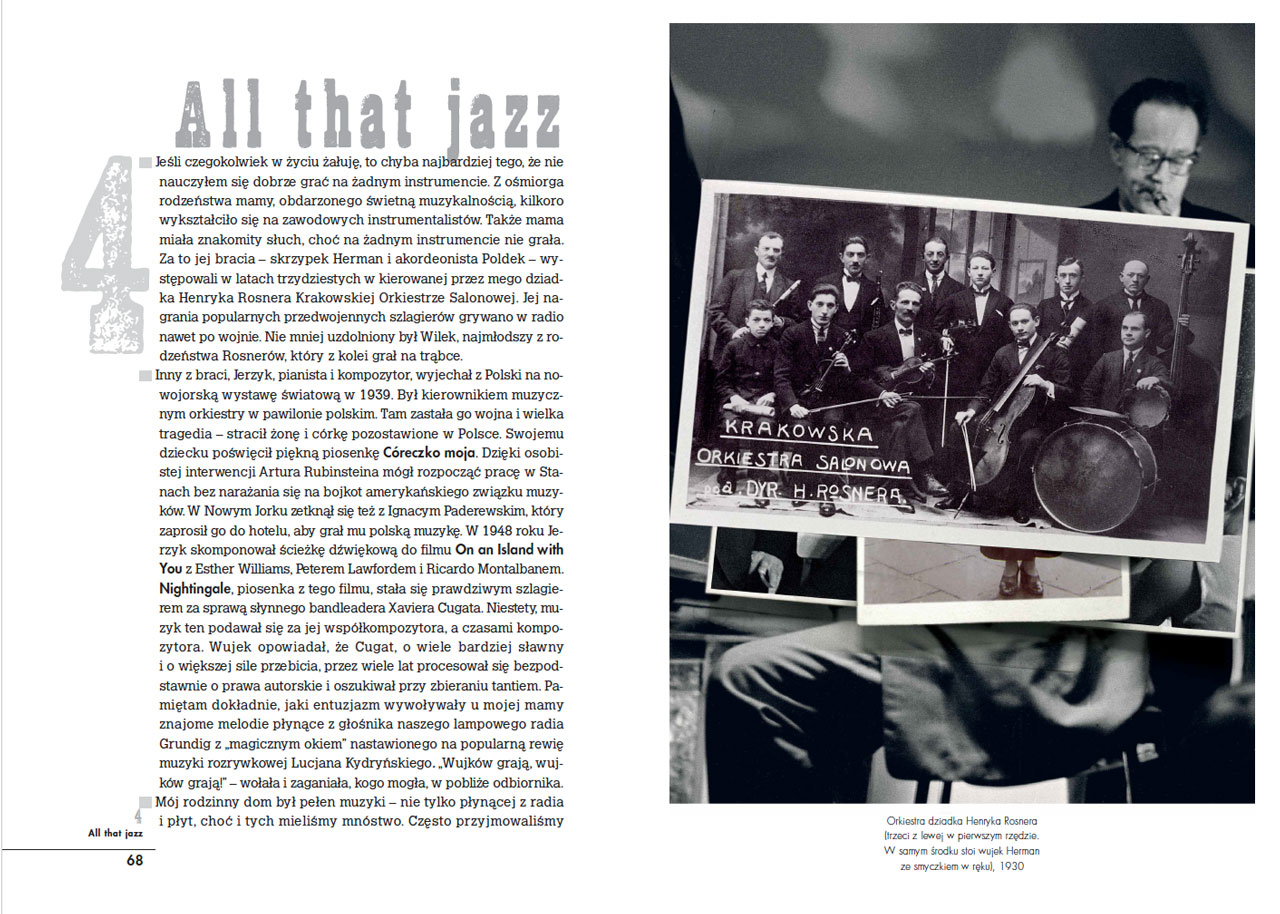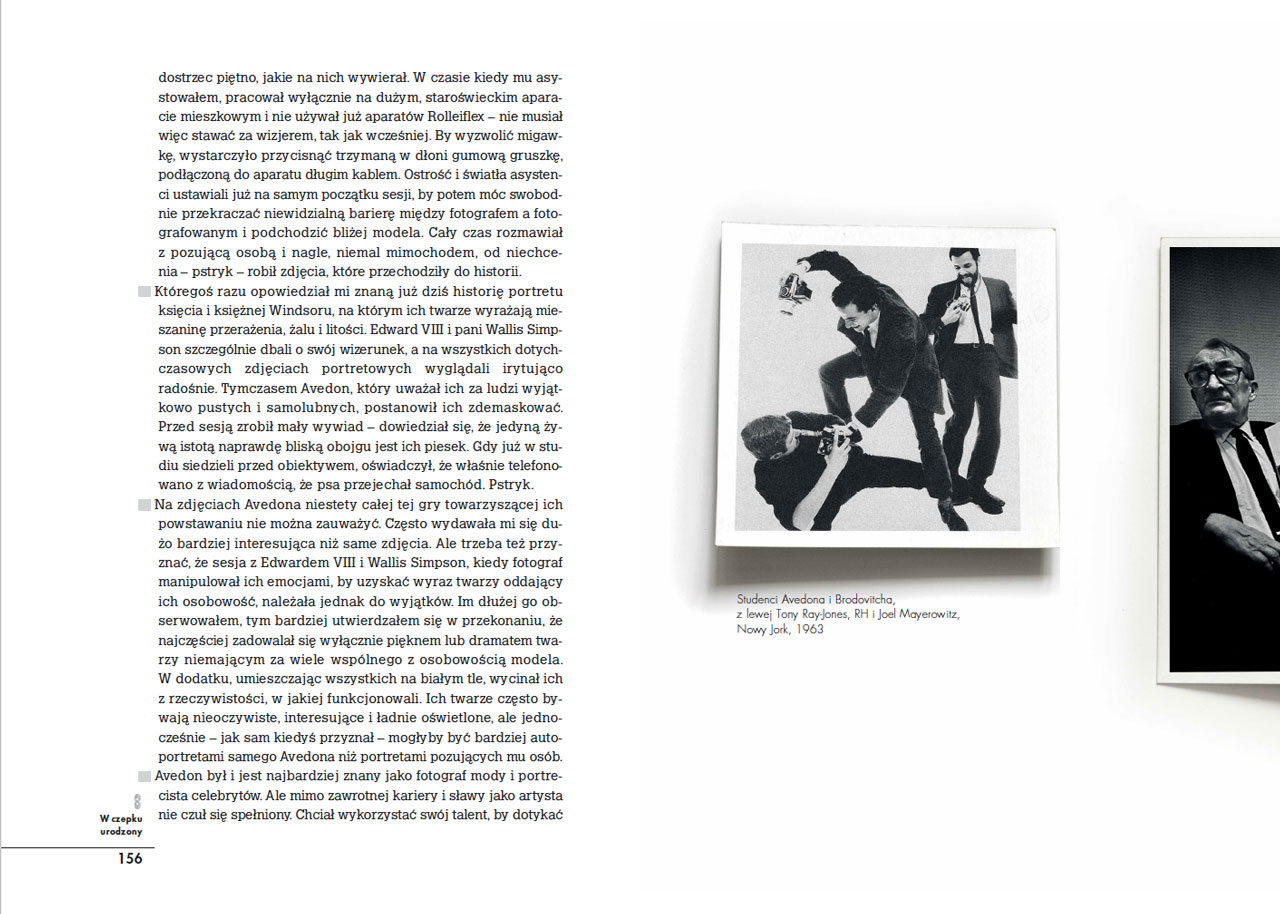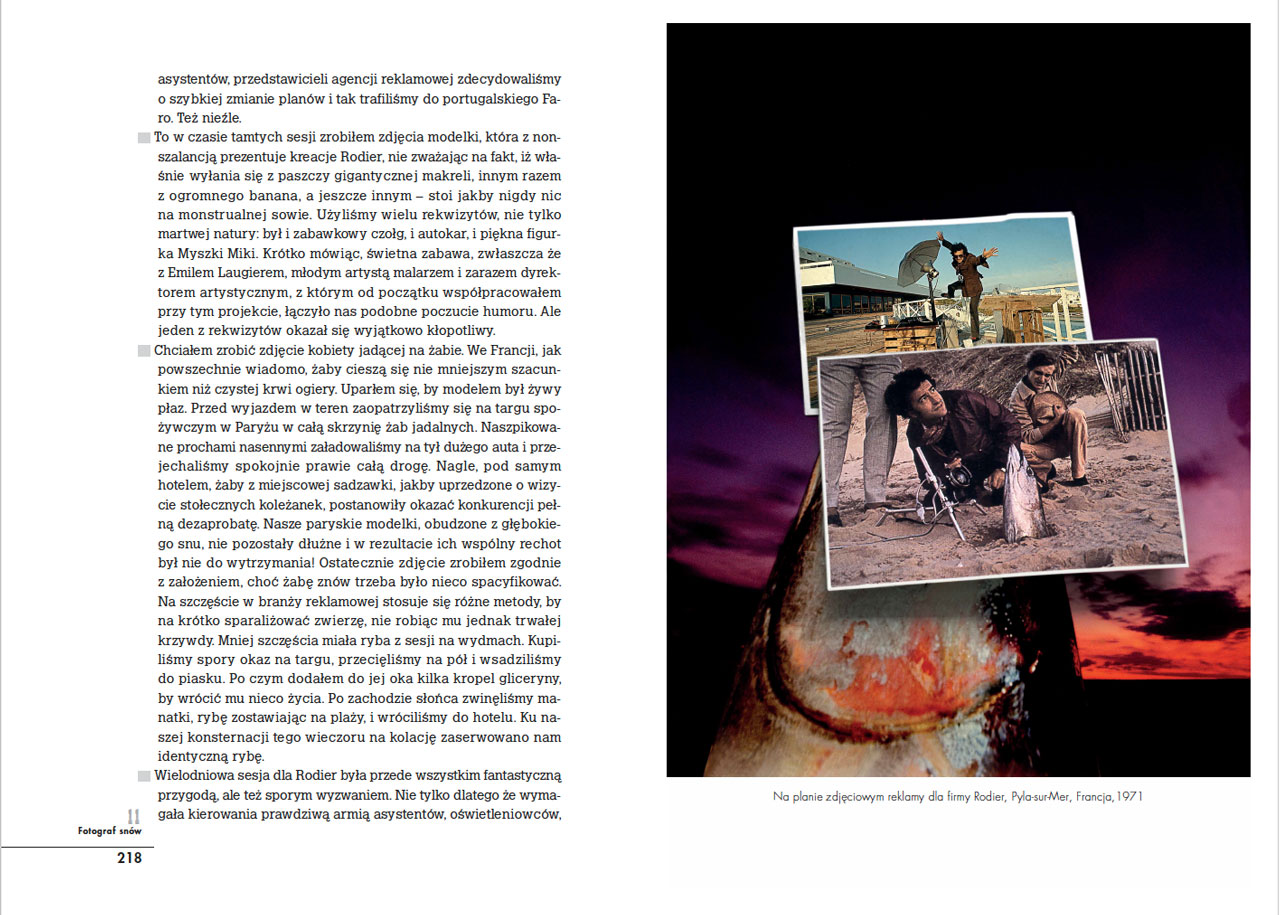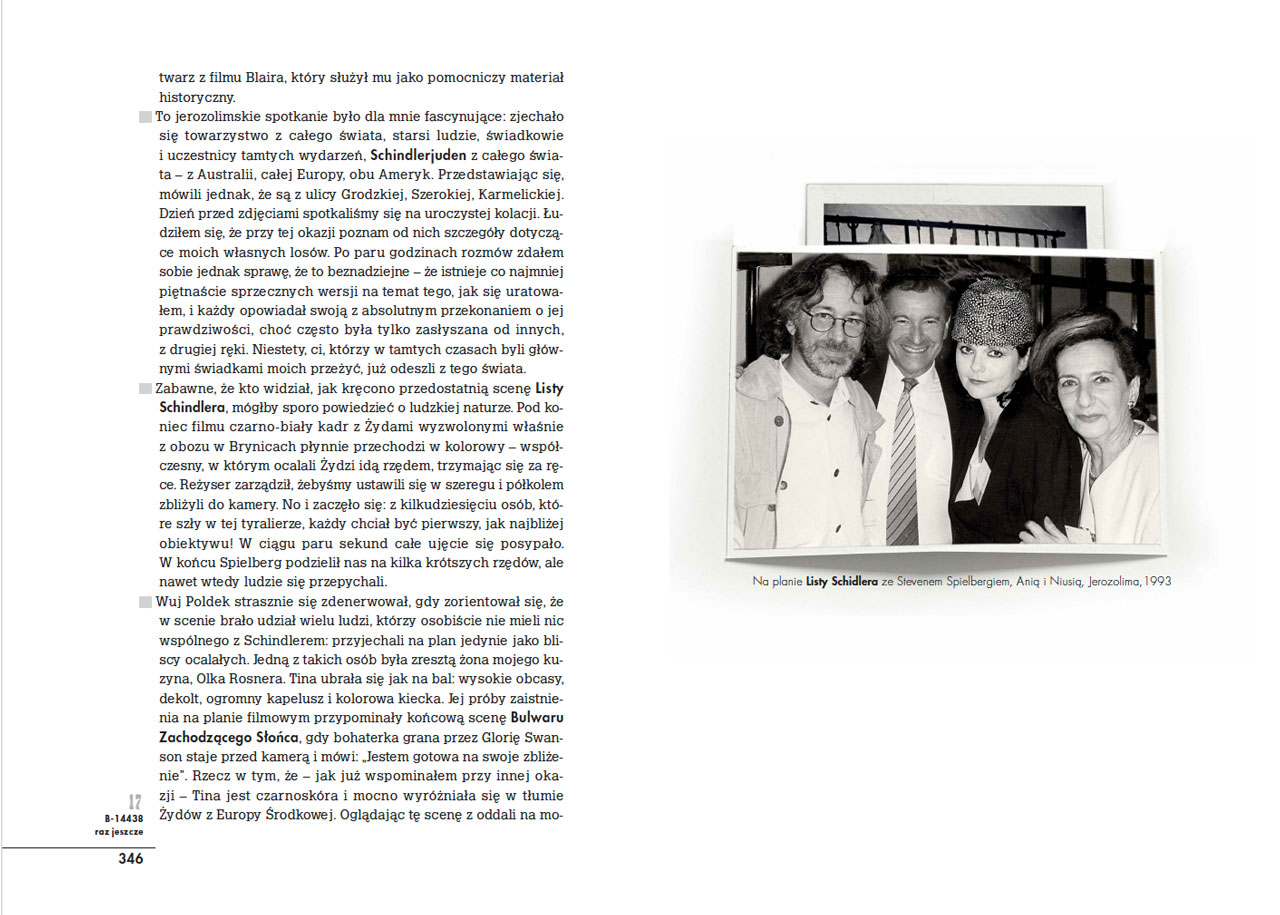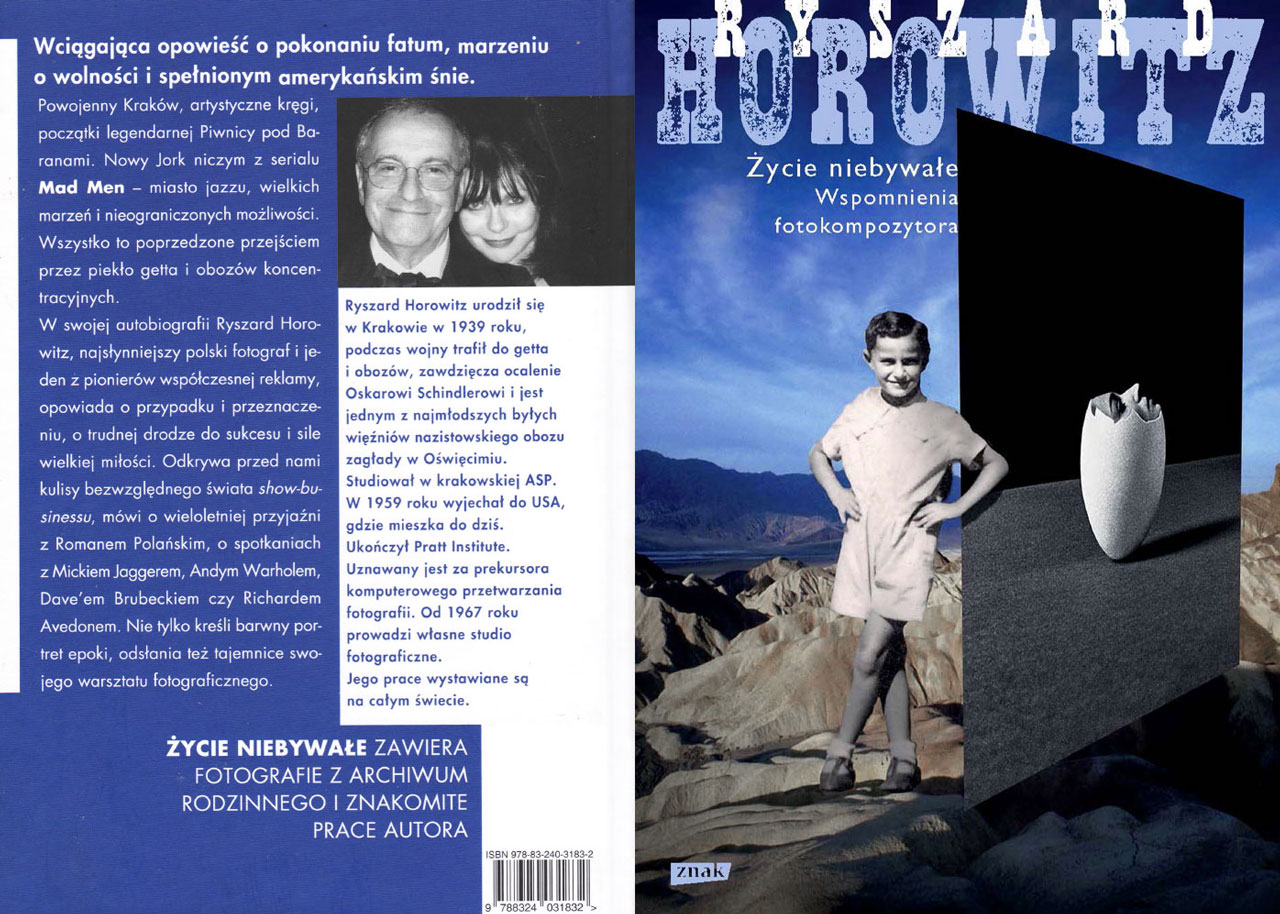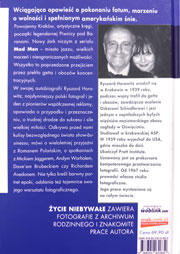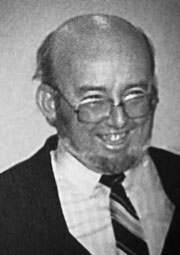Ryszard Horowitz, is a friend of mine, a New Yorker. He is a dazzling and internationally
recognized artist, a pioneer of special effects photography as a medium for the most
exhilarating and beautiful works. I met him before I saw his work, and it’s a great thing to find
that someone you’ve been lucky enough to meet produces work as rich and challenging and
liberating as his. Some of his quite astonishing work, displayed regularly in the world at large,
can be seen at https://ryszardhorowitz.com
His portfolio includes analog and digital works and some quite renowned jazz photographs,
among others. My suggestion, without prejudice against any of the other materials in his
portfolio, is to begin with these digital works. There is something about, for example, a white
dove rolling up a cone of sky and lake in its beak that is not only joyful and rich in imagination
but also stands as tribute to the fact that Horowitz was the one of the founding geniuses of this
sort of work, years before computers and digital technology had become available.
He is also a child survivor of the Holocaust, of the Jewish ghetto and of Oskar Schindler's camp
at Brinnlitz. Indeed his family had a lifetime association with Oskar. Ryszard was enormously
kind to me when I was writing Schindler's List, though it was obvious that the threat that had
hung over his childhood had influenced his adult life. He was one of the youngest children found
in Auschwitz at war's end, and is one of the children shown on iconic footage of the liberation of
the death camp. Though the Holocaust overshadowed his early life, his life as an artist has been
of world significance and interest entirely on its own. It is also true that he is one of the few
artists who survived the Holocaust not to draw (at least consciously) from that experience in his
own art. After reunion with his parents, he grew up in post-war Communist Krakow, and was a
precocious art student who took renowned pictures of the jazz greats when they visited Poland.
He emigrated to the United States and became acquainted with the world of American
photography and jazz and art from the 1960s onwards.
Ryszard has now written his biography, which has been a success in his native Poland, but I
think his story deserves world-wide attention. Ryszard is a most amiable and humble man, and
yet still one of the most talented among his peers. And, as always, his brilliant work and adult
life, his marriage to a wonderful woman, Ania, an architect, is all its own story while at the same
time being a reproach to a regime that tried to end his life too early and too brutally. Polish is his
first language of course, so the autobiography he published in Poland would need translation.
But I am confident that after looking at his work on line, his images will further affirm the
extraordinary life he has had, so powerfully described in the excerpts of his book that I've read
in translation. I always thought of him as a modern star, and always thought of his journey as
exceptional.
Tom Keneally
